Significance
Shamei Wan’an Temple is the main religious center for residents in Jinsha, Kinmen. It has served the community for over seven hundred years. The exquisite ceramic tile painting, woodwork, and stone sculpture created during the temple’s renovations are of profound cultural significance, because they exemplify the unique characteristics of the folk art that developed on the island of Kinmen thanks to its relative geographic isolation. The park complex includes Wan’an Temple, Sanzhong Temple, Hanyuan Temple and the Park of the God of Wealth, Da Shi Gong Ksitigarbha Park, Sanzhong Park, the Heart Sutra Park dedicated to generations of famous calligraphy masters, and the Memorial Park, where Wan’an Temple was originally established. Among these, Hanyuan Temple and Sanzhong Temple are particularly known for their singular architectural designs.
History
Wan’an Temple on Shamei’s Old Street is approximately 750 years old. As documented in the Journal of Kinmen County, Wan’an Temple was founded during the Yuan dynasty (1271 – 1368). It was originally located on what is now the public easement for the main road near the present-day Xiaoputou Tap Water Factory’s watchtower. It is believed that Wan’an Temple has undergone three renovations. In 1871, the temple was relocated to its current address. Later, a fund-raising drive was held to restore the temple, and its subsequent 1985 renovation gave it its present look. Wan’an Temple enshrines Baosheng Dadi, the immortal God of Medicine, and Sun Simiao, the immortal King of Medicine (Sun Simiao was an extremely important figure in the history and development of Chinese medicine who lived during the Tang dynasty and died in 682). As the practice of medicine was not well developed in Kinmen’s early days, the general public often prayed to gods or turned to divination in the event of unknown or chronic illnesses. Hence Wan’an Temple became known for planchette writing (fújī) and the administration of medicaments. Later on, Three Heroes of the Late Song Dynasty—Wen Tianxiang (1236 – 1283), Lu Xiufu (1236 – 1279), and Zhang Shijie (? –1279)—were also enshrined in the temple during the Qing dynasty. They were loyalists who died as martyrs for the country. After being designated a historic building in Kinmen County in 2003, Wan’an Temple added Hanyuan Temple and the Park of the God of Wealth, Da Shi Temple Park, Sanzhong Park, the Heart Sutra Park, and Wan’an Temple Memorial Park to its surrounding area. Most recently, the Neige Sanzhong Temple was completed in 2014, adding another piece to the religious park with the most innovative temple designs in Taiwan.
Special Features
1The Layout of Wan’an Religious ParkWan’an Religious Park mainly features Shamei Wan’an Temple with its mixture of Buddhist and Taoist elements. Since 2006, the temple has developed Da Shi Temple Park, where the deities Da Shi Ye (the god who is in charge during the Ghost Festival) and Guanyin are enshrined, and Hanyuan Temple with its accompanying Park of the God of Wealth, which houses eighteen stone sculptures of the God of Wealth. Ksitigarbha Park with its many stone sculptures was completed in 2011, and Sanzhong Park with its sculptures of the noble-spirited Three Heroes was established the following year. Heart Sutra Park was constructed afterwards. Built in 2014, Neige Sanzhong Temple’s dome-capped square structure is quite unlike traditional temples in its architectural style. Most recently, the stone sculpture of Baosheng Dadi, the God of Medicine, riding on a white horse was erected in Wan’an Temple Memorial Park next to Rong Lake in 2015, completing the religious park complex. The temples and individual religious parks dot the area around Jinsha Township’s Shamei Village, together forming a larger complex with some of the most innovative temple designs in Taiwan. This is particularly true of the paradigm-changing Hanyuan Temple and Neige Sanzhong Temple with their unprecedented Taoist architectural designs.
2The Architecture of Wan’an Temple Wan’an Temple is comprised of two buildings connected by a wing that runs between them on the right hand side. The lower half of the outer façade was built with granite masonry, and the upper half with brick masonry. The temple structure itself is supported by brick walls with colorful painted ceramic tiling along the upper edge. It is topped with a load-bearing purlin roof. This construction method is more commonly adopted in structure with lesser width, in which purlins are directly supported by the gables at each end. This method can reduce the amount of building materials required for construction. The temple’s wood- and stonework are exquisite.
Wan’an Temple is comprised of two buildings connected by a wing that runs between them on the right hand side. The lower half of the outer façade was built with granite masonry, and the upper half with brick masonry. The temple structure itself is supported by brick walls with colorful painted ceramic tiling along the upper edge. It is topped with a load-bearing purlin roof. This construction method is more commonly adopted in structure with lesser width, in which purlins are directly supported by the gables at each end. This method can reduce the amount of building materials required for construction. The temple’s wood- and stonework are exquisite.
3Hanyuan Temple Located on Shaqing Road north of Wan’an Temple, Hanyuan Temple and its accompanying Park of the God of Wealth house stone sculptures of the eighteen Gods of Wealth, the most complete collection of God of Wealth statues in Taiwan. Located within the Park of the God of Wealth, Hanyuan Temple enshrines Tudigong (the God of the Land, and by extension, wealth). In Chinese tradition water is perceived as a symbol of wealth, so Tudigong guards major water outlets, preventing the wealth from escaping. The temple’s façade is composed of seven concentric square frames in gold to symbolize the gathering of money by the God of Wealth. With its complete absence of tile and wood and its use of modern architectural materials, Hanyuan Temple stands in stark contrast with traditional Taoist temples. The most iconic item in the temple’s décor is the golden peacock on the wall, which was entirely made by layering gold foil sheets on top of one another. This work is the only one of its kind in Taiwan. The dragon and tiger paintings on the main gate were also inspired by money—they are illustrated in strings of coins, a design that is unique.
Located on Shaqing Road north of Wan’an Temple, Hanyuan Temple and its accompanying Park of the God of Wealth house stone sculptures of the eighteen Gods of Wealth, the most complete collection of God of Wealth statues in Taiwan. Located within the Park of the God of Wealth, Hanyuan Temple enshrines Tudigong (the God of the Land, and by extension, wealth). In Chinese tradition water is perceived as a symbol of wealth, so Tudigong guards major water outlets, preventing the wealth from escaping. The temple’s façade is composed of seven concentric square frames in gold to symbolize the gathering of money by the God of Wealth. With its complete absence of tile and wood and its use of modern architectural materials, Hanyuan Temple stands in stark contrast with traditional Taoist temples. The most iconic item in the temple’s décor is the golden peacock on the wall, which was entirely made by layering gold foil sheets on top of one another. This work is the only one of its kind in Taiwan. The dragon and tiger paintings on the main gate were also inspired by money—they are illustrated in strings of coins, a design that is unique.
4Sanzhong Temple An affiliate of Wan’an Temple, Sanzhong Temple enshrines the three loyal heroes of the late Song dynasty, Wen Tianxiang, Lu Xiufu, and Zhang Shijie. The temple’s main structure was completed in 2014. Unlike traditional temples, it adopted a design incorporating a dome over a square body. It serves dual functions as both temple and museum. By referencing the Greek Pantheon and other famous ancient temples around the world, the architects who designed the temple came up with a blend of styles that resulted in a modern building infused with Taoist assimilationist culture. Its exterior is a complete break from tradition. Its most unique feature is the pair of white marble lions guarding the door, whose style is an imitation of the lions bestowed upon Xi’an’s Famen Temple by Tang dynasty Empress Wu Zetian (624 – 705). It also boasts a pair of longevity carvings—one a dragon and the other a turtle—done in ebony. The shrine has a stainless steel bracket system, unprecedented for shrines in Taiwanese temples. The relief decorations, material, and the height and thickness of Sanzhong Temple’s acrylic pillars are innovative approaches to temple-building in Taiwan. The reliefs of the thirty-six Heavenly Spirits and the seventy-two Earthly Friends embossed on the white marble of the temple’s side walls were inspired by the ornamentation on Lord Zhang Shijie’s heavenly palanquin in the original Sanzhong temple. Both of these works were created by China’s master stone carver Jiang Jiexiong (b. 1971).
An affiliate of Wan’an Temple, Sanzhong Temple enshrines the three loyal heroes of the late Song dynasty, Wen Tianxiang, Lu Xiufu, and Zhang Shijie. The temple’s main structure was completed in 2014. Unlike traditional temples, it adopted a design incorporating a dome over a square body. It serves dual functions as both temple and museum. By referencing the Greek Pantheon and other famous ancient temples around the world, the architects who designed the temple came up with a blend of styles that resulted in a modern building infused with Taoist assimilationist culture. Its exterior is a complete break from tradition. Its most unique feature is the pair of white marble lions guarding the door, whose style is an imitation of the lions bestowed upon Xi’an’s Famen Temple by Tang dynasty Empress Wu Zetian (624 – 705). It also boasts a pair of longevity carvings—one a dragon and the other a turtle—done in ebony. The shrine has a stainless steel bracket system, unprecedented for shrines in Taiwanese temples. The relief decorations, material, and the height and thickness of Sanzhong Temple’s acrylic pillars are innovative approaches to temple-building in Taiwan. The reliefs of the thirty-six Heavenly Spirits and the seventy-two Earthly Friends embossed on the white marble of the temple’s side walls were inspired by the ornamentation on Lord Zhang Shijie’s heavenly palanquin in the original Sanzhong temple. Both of these works were created by China’s master stone carver Jiang Jiexiong (b. 1971).
5The Heart Sutra Park The Heart Sutra Park displays Heart Sutra stone plaques in the calligraphy of twenty-one famous artists from history along with fifteen contemporary calligraphy masters. The collection includes plaques in the calligraphic styles of Wang Xizhi (303 – 361), Su Shi (1037 – 1101), Zhao Mengfu (1254 – 1322), Wen Zhengming (1470 – 1559), the Kangxi Emperor (1654 – 1722), the Qianlong Emperor (1711-1799), and master Hong Yi (1880 – 1942), among others. These writings, each with its own unique style and characteristics, honor these major artists’ achievements in the classic art of Chinese calligraphy.
The Heart Sutra Park displays Heart Sutra stone plaques in the calligraphy of twenty-one famous artists from history along with fifteen contemporary calligraphy masters. The collection includes plaques in the calligraphic styles of Wang Xizhi (303 – 361), Su Shi (1037 – 1101), Zhao Mengfu (1254 – 1322), Wen Zhengming (1470 – 1559), the Kangxi Emperor (1654 – 1722), the Qianlong Emperor (1711-1799), and master Hong Yi (1880 – 1942), among others. These writings, each with its own unique style and characteristics, honor these major artists’ achievements in the classic art of Chinese calligraphy.
Reminders
Wan’an Temple hosts several events throughout the year. Some popular ones include: tossing lucky coins at Hanyuan Temple and the Park of the God of Wealth between of the 1st and the 3rd days of the first the lunar month; Wan’an Temple’s ritual ceremony on the 15th day of the first lunar month; Lord Wen Chang’s (God of Culture and Literature) birthday rituals on the 3rd day of the second lunar month; joint birthday rituals for the lords whose birthdays fall in the first half of the lunar year early in the third lunar month; and birthday rituals for Da Shi Ye in Da Shi Temple Park on the 1st day of the fourth lunar month. The birthday celebration for Master Kui Xing, the god of examinations, takes place on the 7th day of the seventh lunar month, and Da Shi Ye’s salvation ceremony for lost spirits and the war-dead runs from the 26th day to the end of the seventh lunar month. Kinmen’s traditional Taoism Cultural Festival is held on the weekend before the three loyal Song dynasty heroes’ birthday celebration on the 16th day of the ninth lunar month; events include religious rituals, community visits, pilgrimage parades, offeringsacrificial foods, and walking on the bridge of fabric, which symbolizes passing over obstacles.
Panoramic
Directions